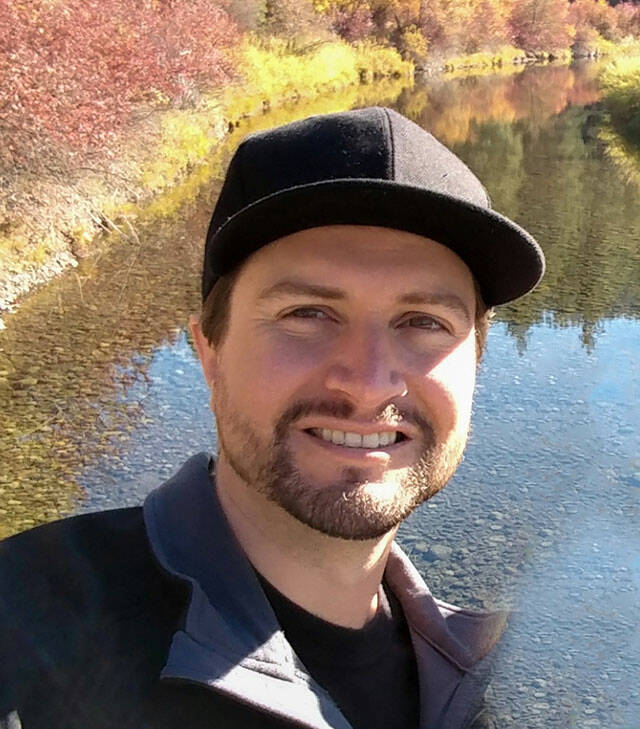As many of us around the world look toward the 26th United Nations Climate Change Conference of the Parties (COP26), to hear how our world leaders are addressing the climate crisis, all eyes are focused on the goal of “net-zero” carbon.
However, one critical dilemma remains unaddressed: Currently, clean energy technology requires the extraction of rare earth minerals such as nickel, cobalt, and lithium. In order to build the electric vehicle batteries and technology required for cleaner energy, we rely on huge quantities of minerals whose extraction from the earth is wreaking havoc on sensitive ecosystems and communities: clearing large swaths of natural land, polluting waters, and offering little benefit to the people of poorer nations where these minerals are extracted.
Too few people are aware that if current mining practices continue, the path to “net-zero” and the transition to green energy will be permanently scarred by ecosystem destruction, extinction, pollution, and poverty.
According to one scenario of “sustainable” development published by the International Energy Agency (IEA), by the year 2040, the demand for nickel, cobalt, and lithium for electric vehicle batteries, energy storage, and low-carbon energy generation is expected to increase 19-fold for nickel, 22-fold for cobalt, and 48-fold for lithium over 2020 levels.
This means a catastrophic explosion of mining activity to meet demand — one which has already begun. The largest global producers of nickel and cobalt — two minerals crucial for clean energy and electric vehicle batteries — are Indonesia and the Democratic Republic of Congo (respectively). These two countries contain the second and third largest rainforests in the world and each has notoriously lax environmental and labor regulations.
In Indonesia, the lateritic nickel ores are located close to the surface making them easy to extract using strip-mining, a technique that removes the topsoil, destroying the landscape, clearing all vegetation, and leading to erosion and runoff that ruins surrounding habitat and agricultural land.
Already, the runoff from nickel mining activity is turning the crystal-clear turquoise waters of Indonesia red, the decimated rainforests bleeding mining runoff into the water, turning coastal ecosystems into dead zones. Small villages along the coast rely on traditional, artisanal fisheries for their livelihoods and subsistence as they have for hundreds of years, but with the fish and reefs killed by runoff, are now forced to turn to the mines for work, abandoning their traditional lifestyles to feed richer consumers’ hunger for electric vehicle batteries.
It is crucial that the global community transition to clean energy and achieve net-zero carbon, but how do we do this without simultaneously decimating rainforests, polluting water, and exploiting laborers? As privileged members of the Global Consumer Class, let’s not forget that our demand will drive big businesses and corporations to supply the materials for green energy.
So long as our demand as consumers is unbridled from an understanding of the environmental cost of the materials we consume, the mining industry will supply the raw materials with little or no regard for the ecological and social consequences. Our demand for green energy must include the demand for battery recycling, cleaner mining, and just treatment for laborers. As journalist and author of Green Rocks online newsletter Ian Morse puts it, let’s not let “dirty mining ruin clean energy.”
Two Vashon non-profits, Alliance for Tompotika Conservation and the Whole Vashon Project, are coming together to highlight the dilemma of green energy’s dependence on dirty mining and to call on our community to make a difference.
An event, “Electric Vehicles: Beyond the Carbon Question,” will take place at 7 p.m. Thursday, Nov. 11, at Open Space for Arts & Community. The event will highlight three specific concrete actions you can take to help.
The evening will feature information and commentary from Dr. Cliff Rice, research scientist; Ian Morse, journalist and author of Green Rocks newsletter; and Aimee Boulanger, Executive Director of IRMA (Initiative for Responsible Mining Assurance).
For more information on the event, visit tompotika.org/events. The event can also be attended online by registering at register.tompotika.org/ev-webinar. I encourage you to join us to learn more about actions that you can take now, and we can take as a community to help make the future of clean energy and transportation better.
— Galen Priest has a doctorate in ecology, evolution, and systematics, and is senior science advisor and outreach specialist for Alliance for Tompotika Conservation.



